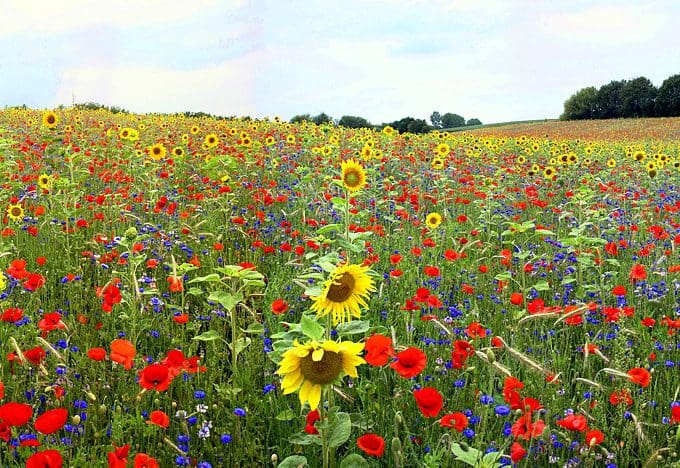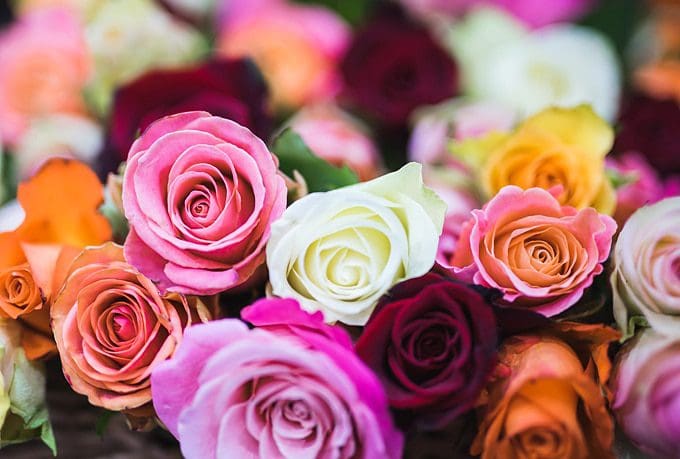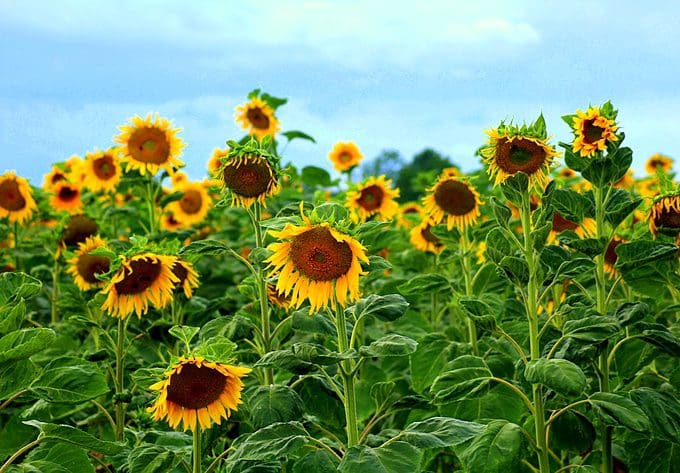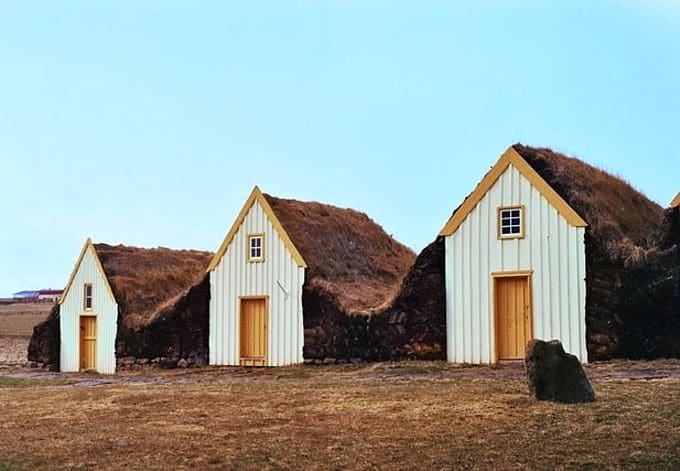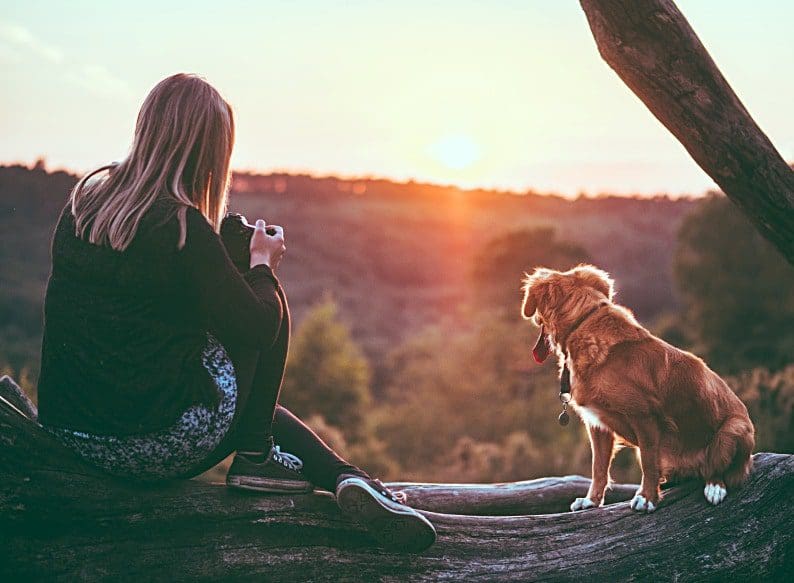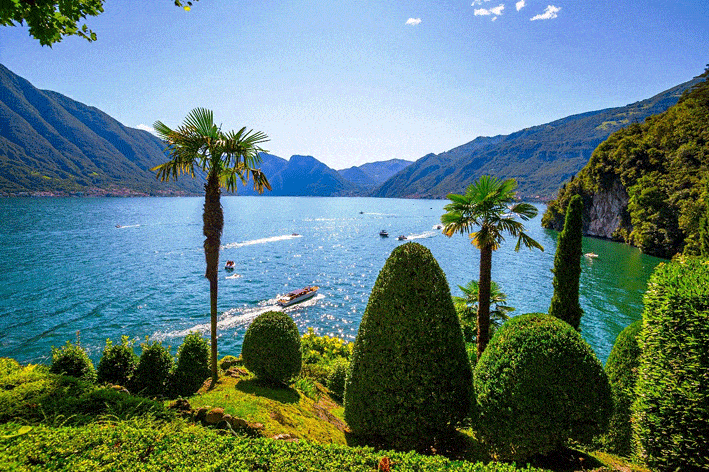words Alexa Wang
Flowers beguile us with their charm and beauty. Since the beginning of time, we have found expression of our complex emotions like love, fidelity and remembrance through the muted beauty of flowers. These delicate creations of nature offer us visual and emotional well-being and have an amazing appeal and history.
Let us dive straight into some of these incredible flower-facts:
1. Do you speak the language of flowers?
Did you know that an entire language was built around flowers? The language of flowers or floriography, has been around for many years but gained the most popularity during the Victorian era. Floriography consisted of an actual floral dictionary, where flowers replaced words and ‘talking bouquets’ carried encoded messages to, most possibly, express secret love and admiration. So much like sending text messages of our time!
2. Smell the chocolate!
Talking of expressing love, how can we forget chocolates? Wondering what is the connection between flowers and cocoa beans? Well, chocolate cosmos, the beautiful, burgundy flowers, smell exactly like chocolate.
3. The $4.37 million rose
The Juliet rose is also known as the $4.37 million rose. That is how much famed rose breeder David Austin had spent to create the apricot-hued hybrid over the course of 15 years. It debuted in 2006 at the Chelsea Flower Show.
4. Hundreds and thousands of species
Of the odd 270,000 species of flowers that exist on earth, some 35,000 of those are various species of roses, which are some of the most gifted flowers in Australia. A famous florist in Sydney has had rose bouquets as one of its top selling items since last 50 years.
5. Agave’s single blossom
The agave plant is often called “the century plant.” That is because it can live for years without growing any flowers. Then, at the end of its life, an agave plant produces a single flower and dies.
6. The oldest flower
Montsechia vidalii, is till date, believed to be one of world’s oldest flowering plants. Fondly called by some as, “the mythical first flower”, it is thought to have bloomed more than 130 million years ago in Spain. Its fossil was discovered by palaeobotanists in 2015. Source.
7. Sunflowers as saviours
Floating sunflower rafts were used to clean up water contamination from Chernobyl disaster. The roots of the flowers were found to eliminate up to 95% of radioactivity by absorbing contaminants out of water.
8. Nature of soil determines Hydrangeas’ flower colour
The pH level of the soil determines the colour of Hydrangeas. Alkaline soil will tint the flowers in a pink hue.
9. Have a good night’s sleep with Gerbera daisies
These flowers absorb CO2 and other toxins from air and emit oxygen at night. Keep some gerbera daisies next to your bed if you want a good night’s sleep.
10. Tulip bulbs replaced onions
Food scarcity during World War 2 prompted families in Europe to use tulip bulbs as food source and some even used these as replacement of onions.
While the medicinal properties of flowers heal our body, their delicate fragrance and colours soothe our mind and soul. The amazing world of flowers never seizes to surprise us.

